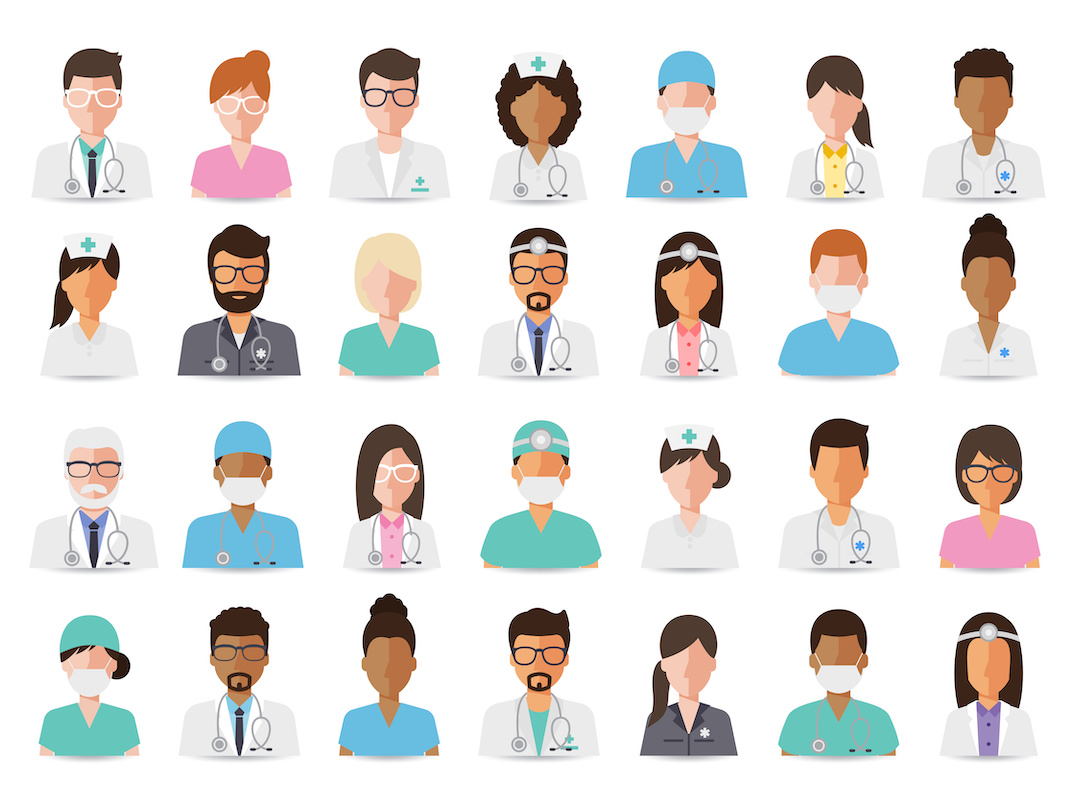What is a Second Victim?
Professor Albert Wu2 first coined the phrase ‘second victim’ in the 1980s to describe those who suffer emotionally when the care they provide leads to harm. The impact of patient safety incidents on patients and families remains the primary concern, but the effect on individual healthcare employees and teams is now widely recognised. Figures vary but up to 50% of healthcare staff report experiencing an incident in which they considered themselves to be a second victim2.
What is the impact on individual staff and teams?
 Our systematic review3 found consistent evidence of an intense emotional response following an error with subsequent impact on the personal and professional lives of staff. This includes acute stress disorder2, suicidal thoughts or even suicide4. Differing responses to error by professional groups have been explored, with doctors in training2 and nurses3; 5 identified as at potentially greater risk although such impact is not limited to clinicians6. However, our most recent study7 found not all staff experience significant emotional distress in response to being involved in a patient safety incident, which points to personal resilience as a potential mitigating factor.
Our systematic review3 found consistent evidence of an intense emotional response following an error with subsequent impact on the personal and professional lives of staff. This includes acute stress disorder2, suicidal thoughts or even suicide4. Differing responses to error by professional groups have been explored, with doctors in training2 and nurses3; 5 identified as at potentially greater risk although such impact is not limited to clinicians6. However, our most recent study7 found not all staff experience significant emotional distress in response to being involved in a patient safety incident, which points to personal resilience as a potential mitigating factor.
A six stage recovery trajectory is commonly experienced by second victims1. This includes:
- a chaos & accident response
- intrusive reflections
- restoring personal integrity
- enduring the inquisition
- obtaining emotional first aid
- moving on.
This study also found that involvement in the planning and implementation of practice change or improvement as a result of the patient safety incident experience was associated with a positive response and recovery.
Systematic reviews have concluded more awareness is needed on the ‘second victim phenomenon’ health care leaders should introduce and evaluate strategies designed to provide supportive interventions for second victims 8,9. Existing knowledge is available to guide policy makers in developing effective support programmes10 and the consequences of not doing so include the potential for: ‘…a vicious cycle of adverse events, burnout, poor care, and more adverse events’4.
How can second victims be supported?
Various interventions have been developed in response to this growing understanding of the impact of patient safety incidents on second victims. These include:
The ForYou programme – based on The Scott Three-Tiered Interventional Model of Support”11. This is a system-wide, escalating approach to addressing the support needs of second victims using an on-demand emotional support rapid response team. The three tiers cover:
- basic emotional first-aid at local or department level
- peer to peer, one to one support
- access to professional counselling and guidance.
What is the role of preventative staff support?
More recently the research focus has been on identifying the factors that confer resilience to emotional distress in this context. Our recent systematic review7 found the strongest support for:
- higher self-esteem
- more positive attributional style, and
- lower socially-prescribed perfectionism.
Such findings have been used to inform the development of preventative interventions such as online programmes like MISE (Mitigating Impact in Second Victims)12 that are designed to raise staff awareness, and psycho-education programmes designed to help staff develop the positive psychological characteristics associated with resilience which can moderate the degree of distress when faced with a patient safety event.
What might be the future second victim research priorities?
Evaluation of the impact of second victim support interventions is ongoing along with the need for further research to determine if the provision of effective emotional support for second victims actually does lead to:
- better functioning staff
- fewer staff leaving healthcare in response to a second victim experience
- a reduction in adverse events4
Finally, exploration of the learning and positive consequences arising from patient safety events is limited and may prove a fruitful avenue for future work.


 Our systematic review3 found consistent evidence of an intense emotional response following an error with subsequent impact on the personal and professional lives of staff. This includes acute stress disorder2, suicidal thoughts or even suicide4. Differing responses to error by professional groups have been explored, with doctors in training2 and nurses3; 5 identified as at potentially greater risk although such impact is not limited to clinicians6. However, our most recent study7 found not all staff experience significant emotional distress in response to being involved in a patient safety incident, which points to personal resilience as a potential mitigating factor.
Our systematic review3 found consistent evidence of an intense emotional response following an error with subsequent impact on the personal and professional lives of staff. This includes acute stress disorder2, suicidal thoughts or even suicide4. Differing responses to error by professional groups have been explored, with doctors in training2 and nurses3; 5 identified as at potentially greater risk although such impact is not limited to clinicians6. However, our most recent study7 found not all staff experience significant emotional distress in response to being involved in a patient safety incident, which points to personal resilience as a potential mitigating factor.